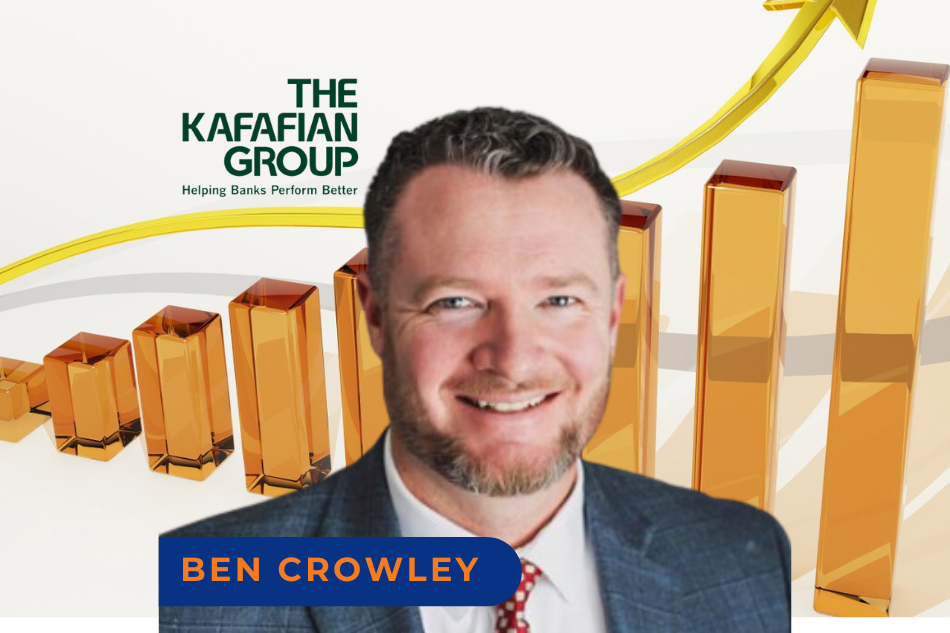A growing wave of fraud is being targeted at investors through social media. It leverages misinformation to manipulate stock prices in “pump-and-dump” schemes, the manipulation of a stock or security through fake recommendations. The disturbing trend was cited by Charles Schwab, Westlake, Texas.
How Pump-and-Dump Schemes Manipulate Stock Prices
The deception is launched by creating an artificial buying frenzy, driven by the spread of misleading information about a stock to inflate its price. Once the stock has surged, hoaxers sell their shares at a profit, leaving unsuspecting investors with devalued holdings. This cycle results in significant financial losses and erodes confidence in market stability.
The Scammer’s Strategy: Impersonation & Credibility
Scammers rely on a combination of digital deception and direct engagement to lure investors. They create fake social media profiles impersonating financial experts, celebrities, or even banking professionals to gain credibility.
Once they establish trust, they reach out to potential victims through messaging platforms like WhatsApp, Telegram, and X (formerly Twitter), as well as through text messages and direct phone calls. Often, they invite individuals to join exclusive investment groups, where they use high-pressure tactics to persuade them to purchase specific stocks at set times.
In orchestrating these coordinated trades, fraudsters artificially inflate stock prices before cashing out their shares at a profit.
Red Flags for Bankers and Investors
Recognizing the warning signs of these schemes is crucial in preventing financial losses.
Unsolicited “Get-Rich-Quick” Investment Advice
One major red flag is receiving unsolicited investment advice, especially recommendations that promise “get-rich-quick” opportunities. Scammers frequently apply pressure tactics, urging investors to act quickly before an alleged lucrative opportunity disappears.
Forced Brokerage Accounts
Another specious signal is when individuals are directed to open new brokerage accounts and buy specific stocks in predetermined amounts. This level of control over trading behavior suggests an attempt at market manipulation.
Scripted Responses
Last, fraudsters often provide victims with scripted responses if questioned. This tactic is designed to avoid raising suspicion from financial institutions or regulators.
Protecting Clients and Institutions
Banks can play a critical role in preventing fraud by:
- Enhancing fraud detection systems to flag suspicious trading patterns.
- Educating customers on investment scams and the risks of unsolicited financial advice.
- Strengthening identity verification to prevent impersonation of financial professionals.
The complete version of this story can be found at Charles Schwab.





















